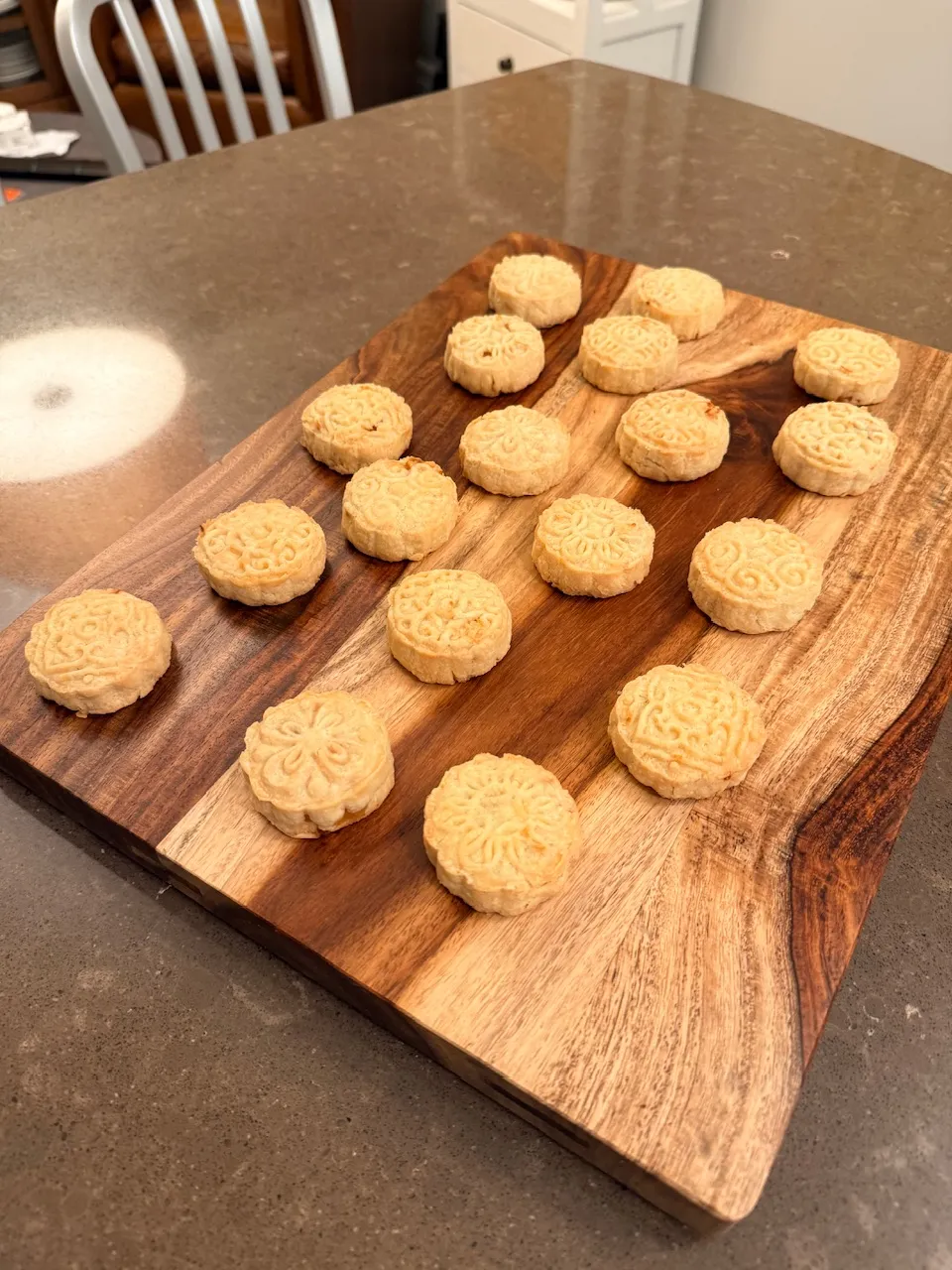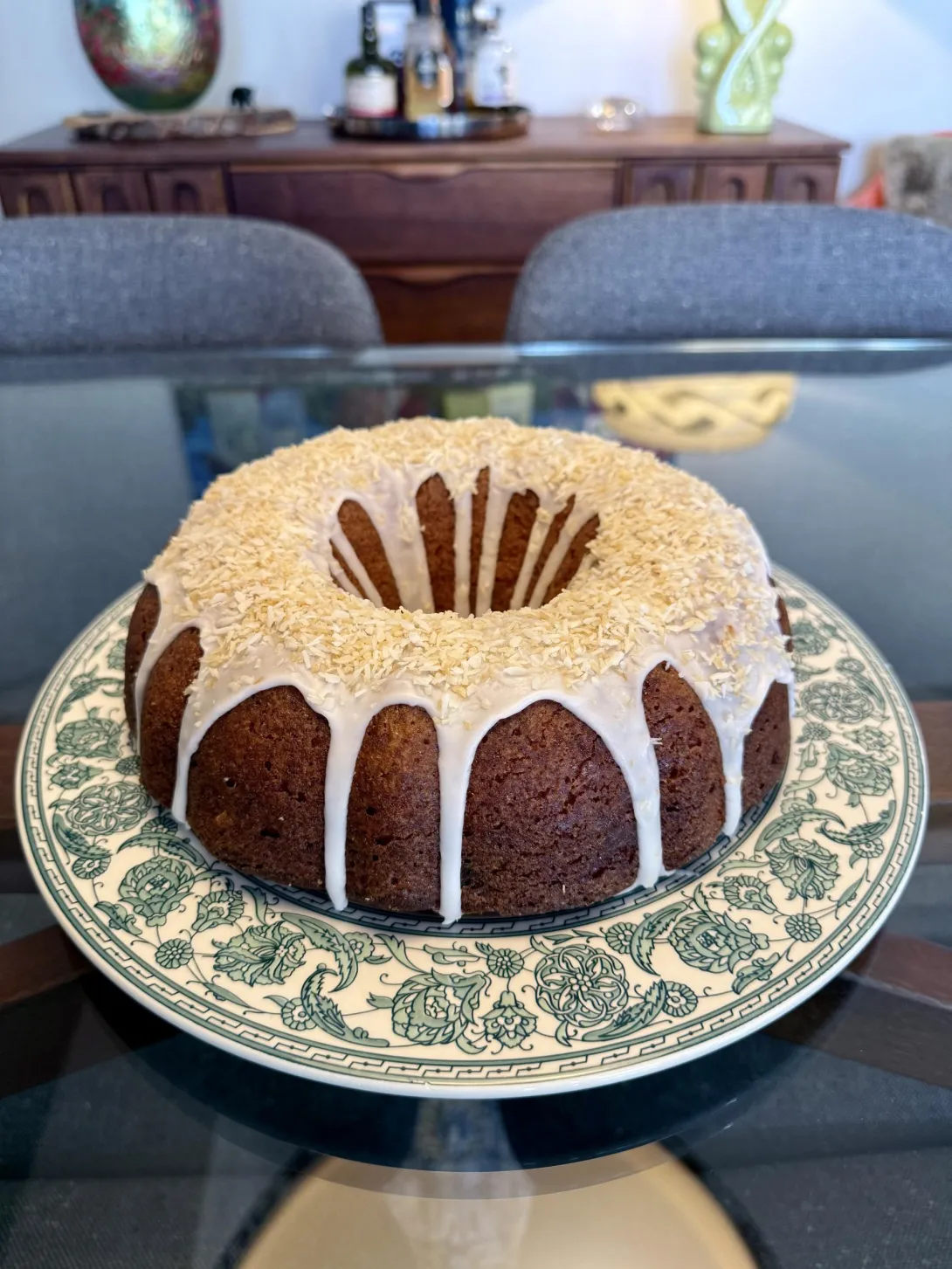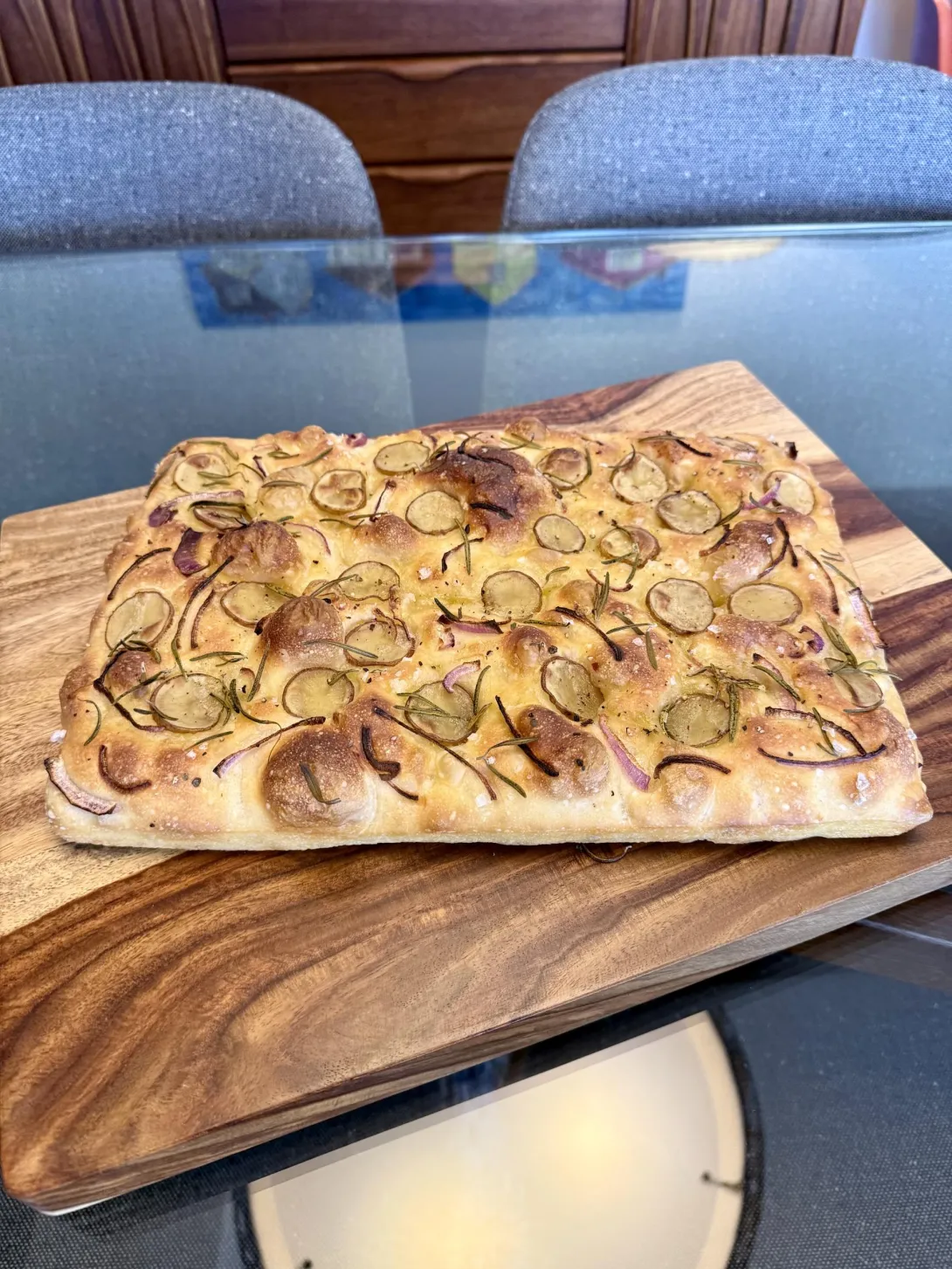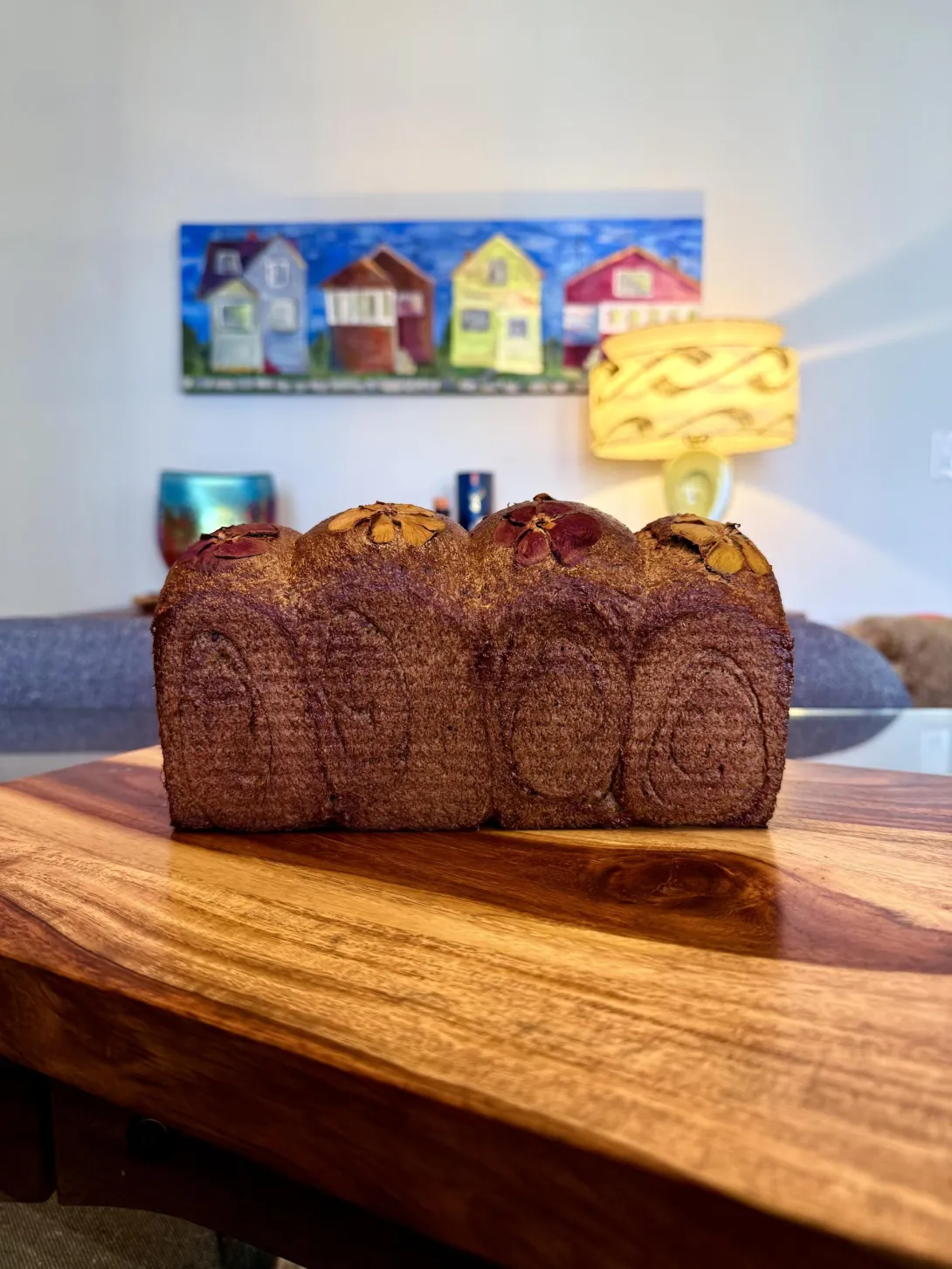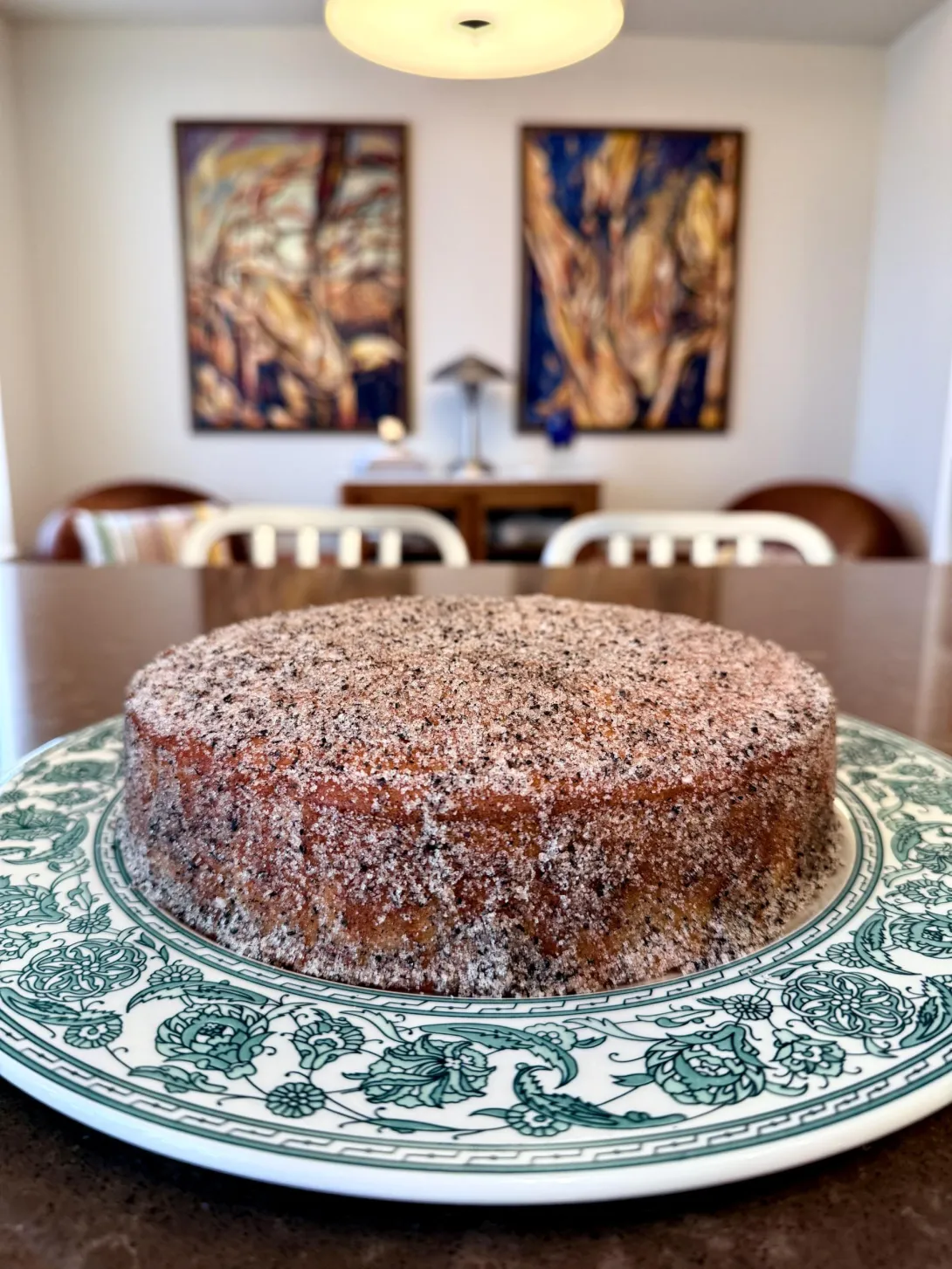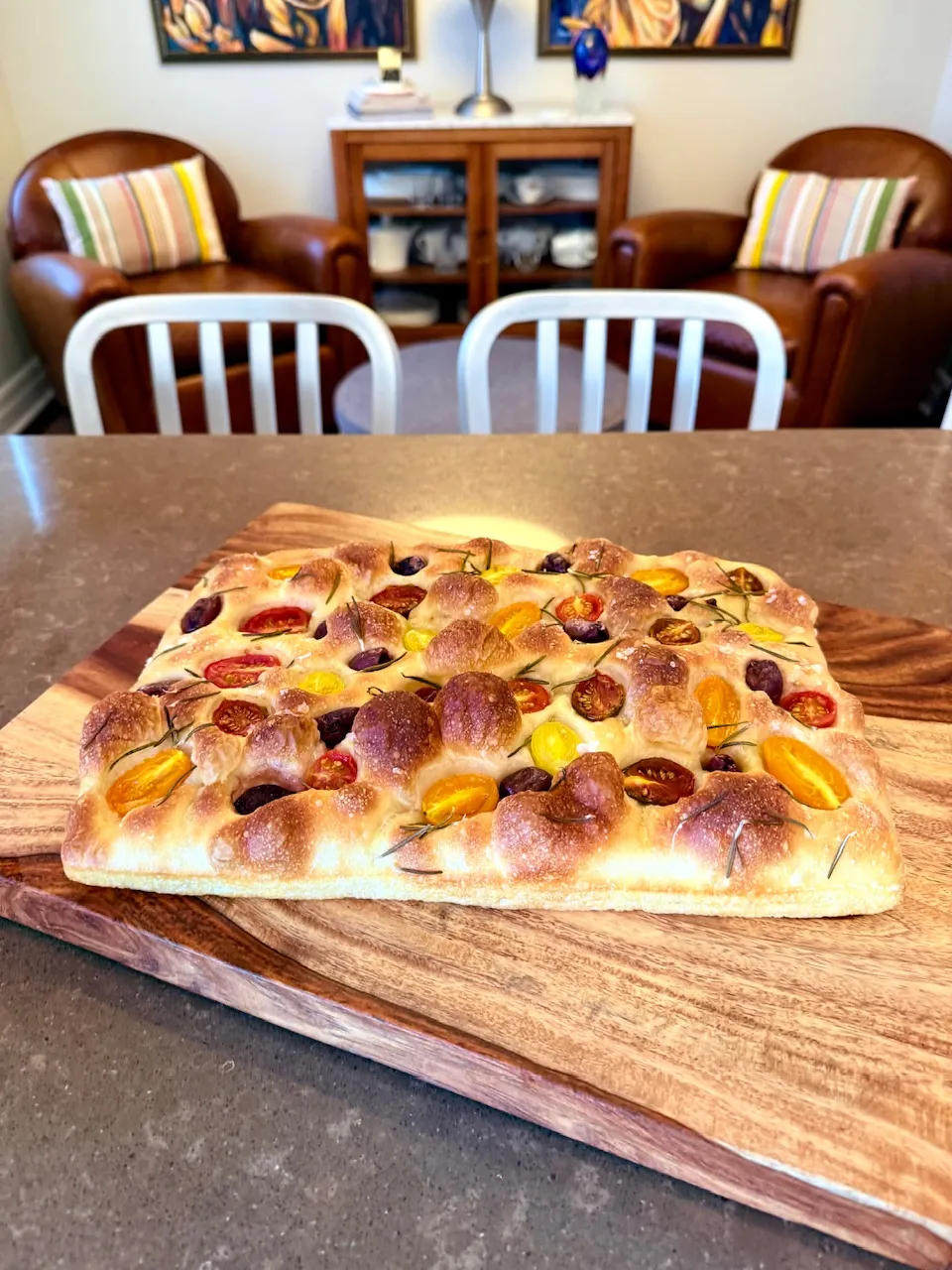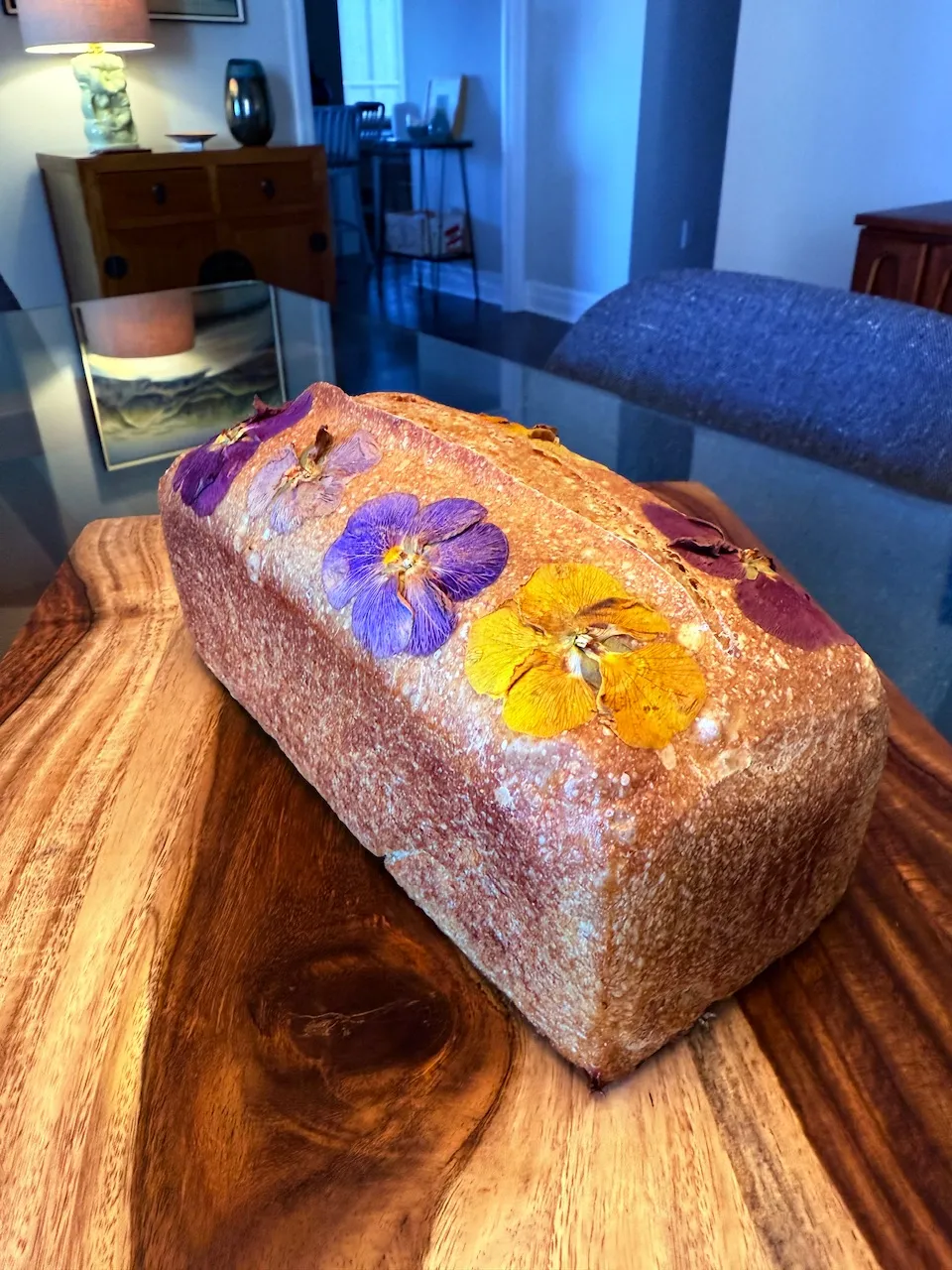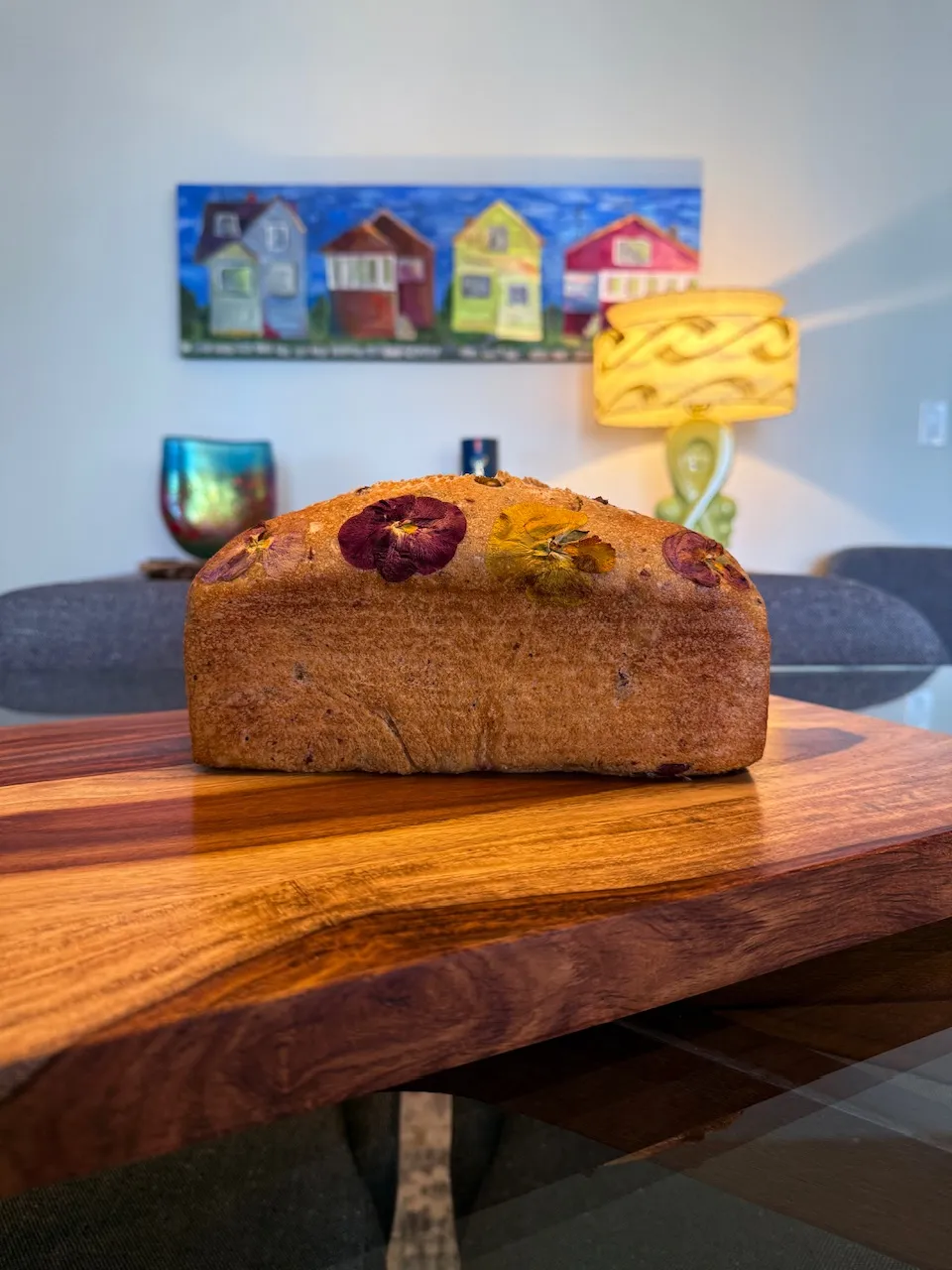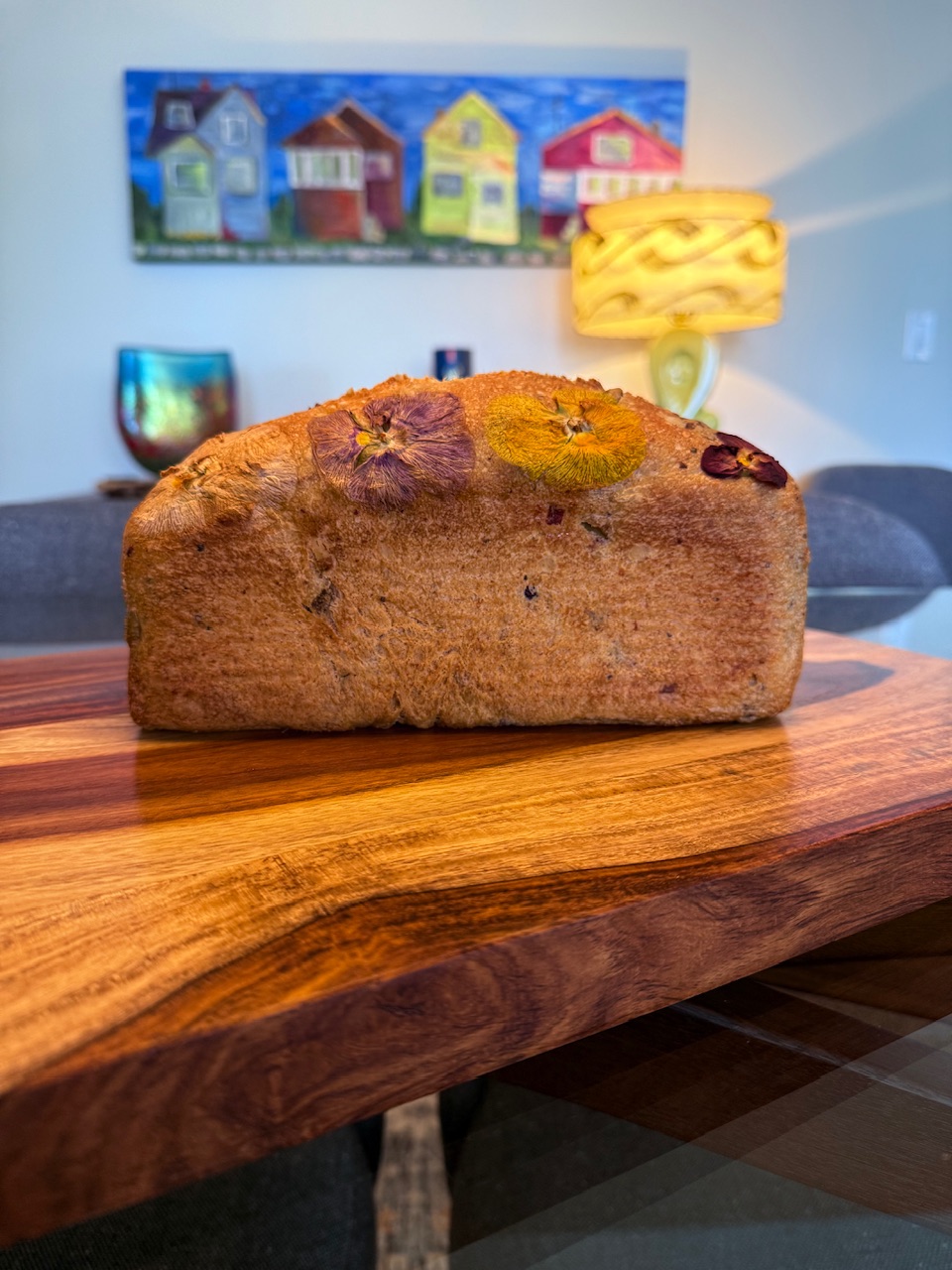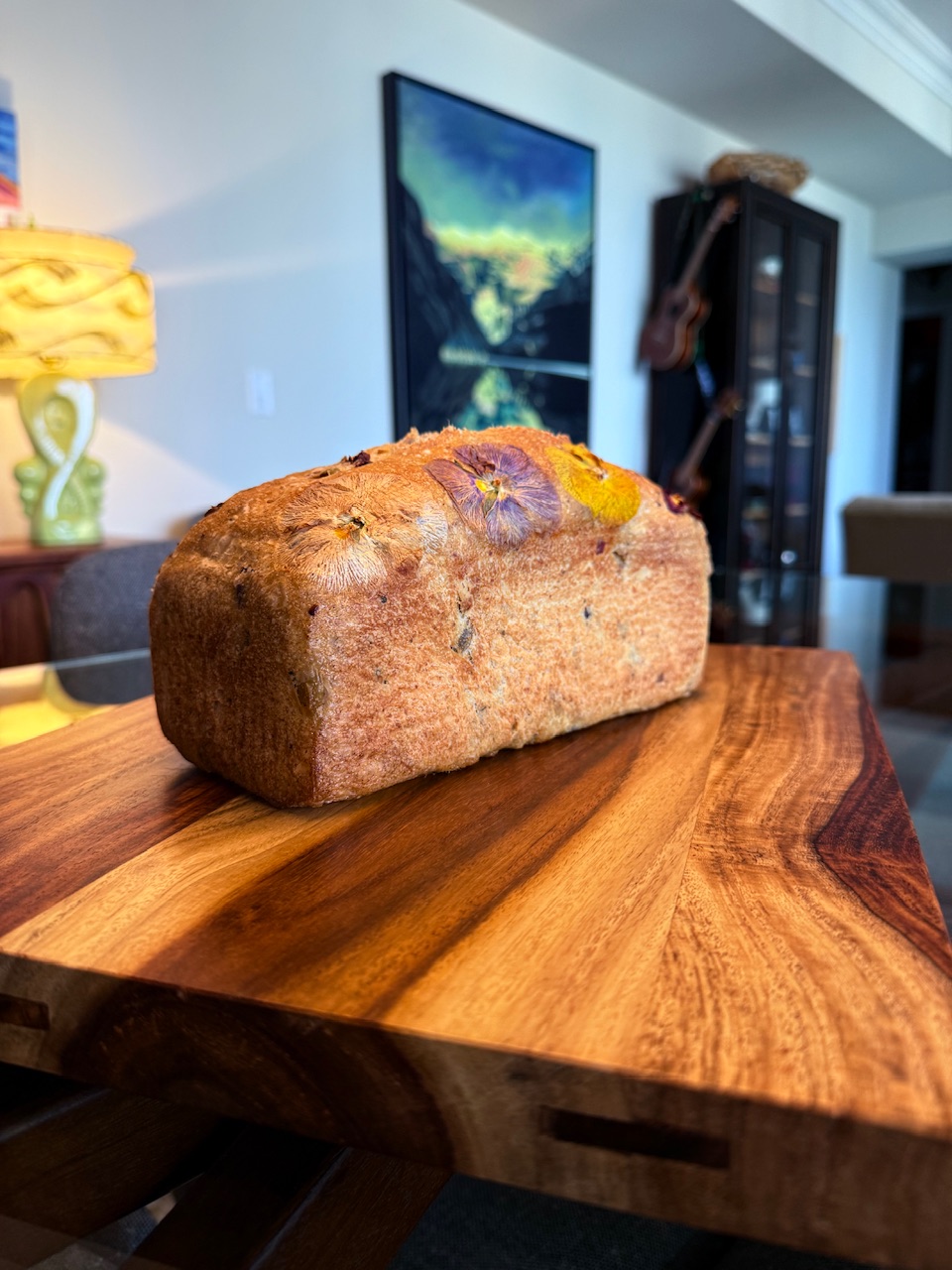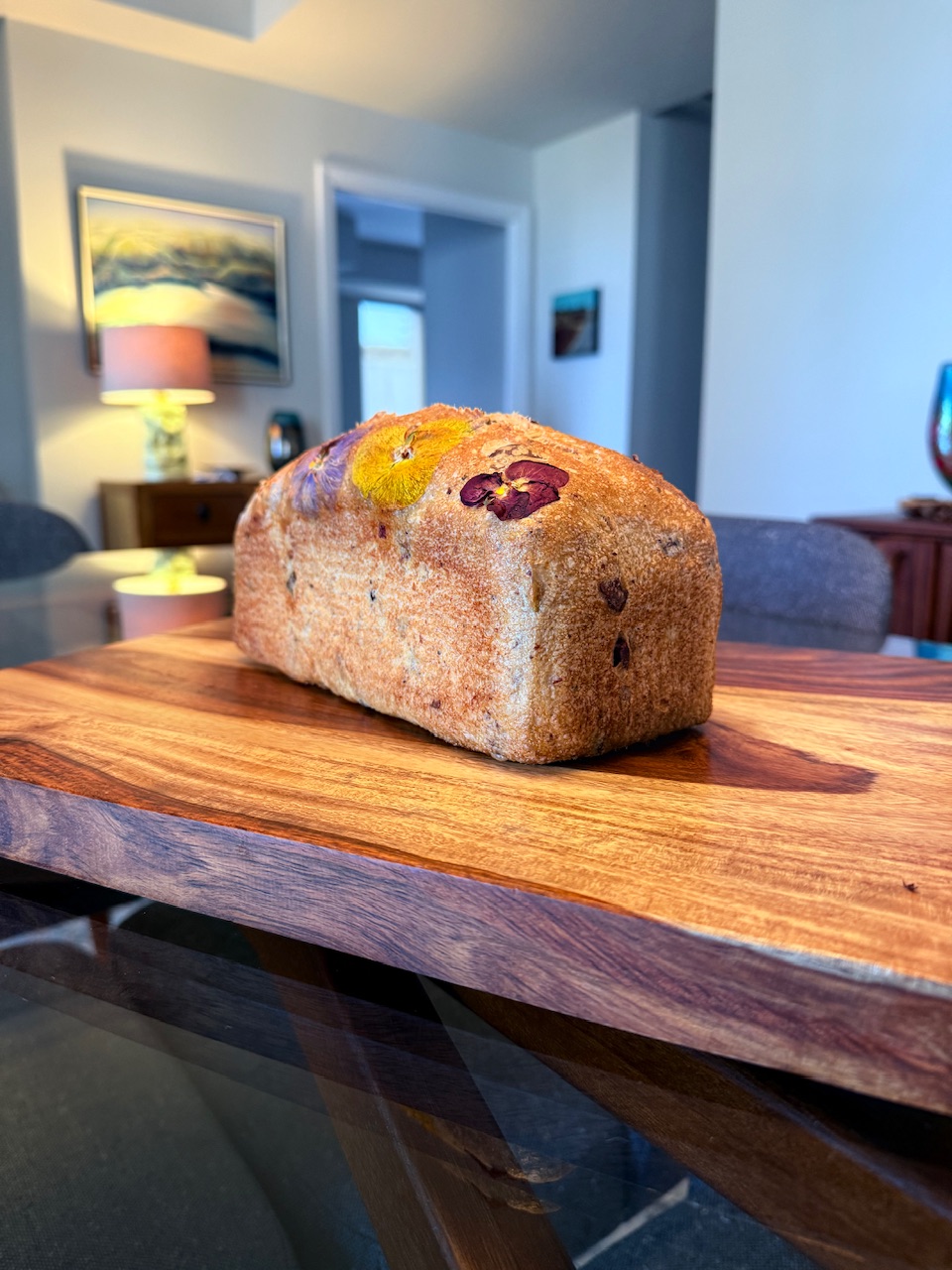Basque Style Pumpkin Cheesecake
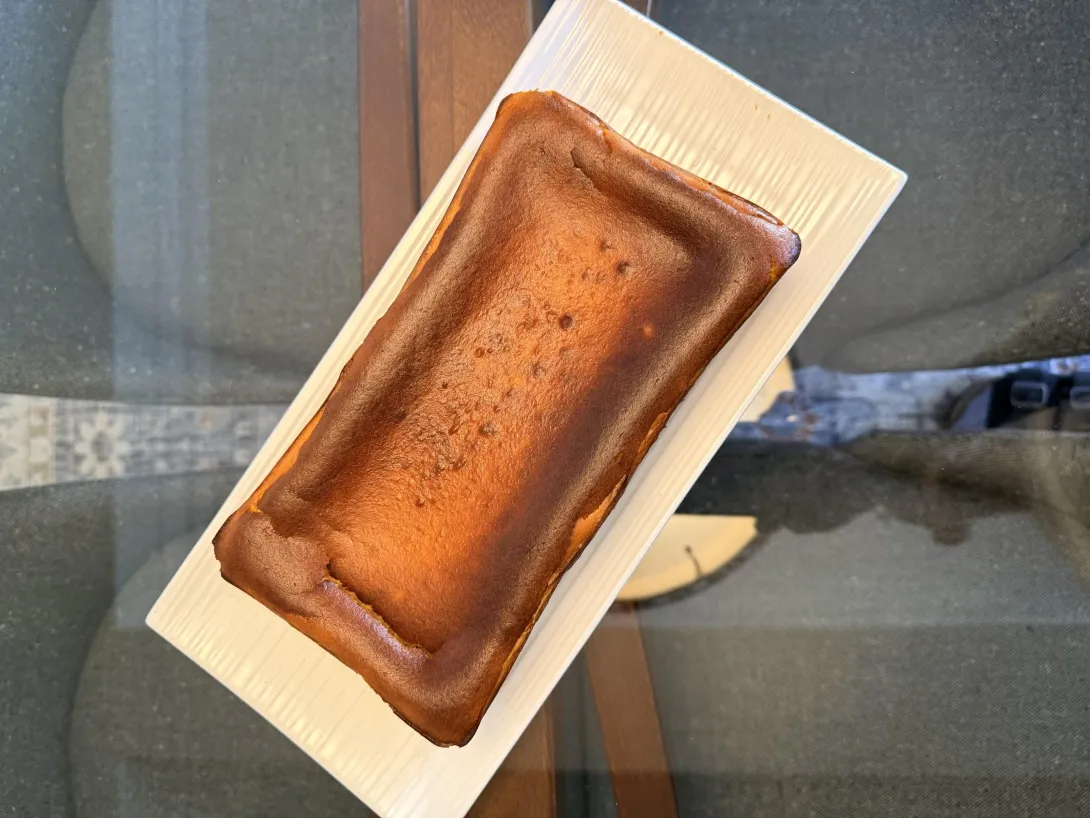
I found this recipe in the Globe and Mail. I’ve never been a huge fan of cheesecake, it always seems like a nothingburger to me. I was hoping that the pumpkin might make it more interesting. I think this cheesecake would benefit from spices myself. This is a Basque style cheesecake in that it has a caramelized top, however, it has a cookie crust as a base which Basque cheesecakes don’t usually from what I understand.
- Log in or register to post comments
- 6 comments
- View post
- Benito's Blog
